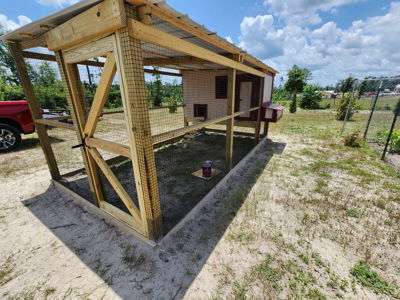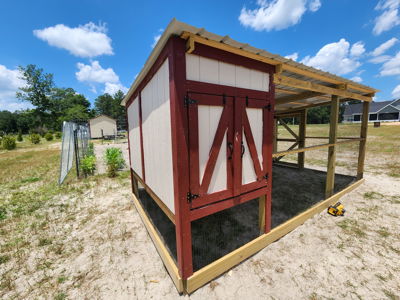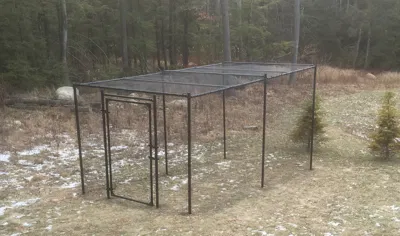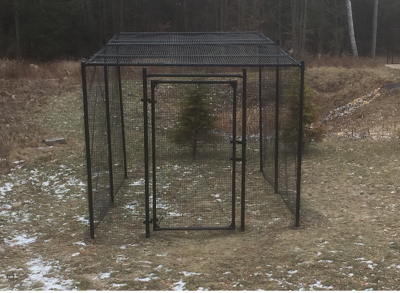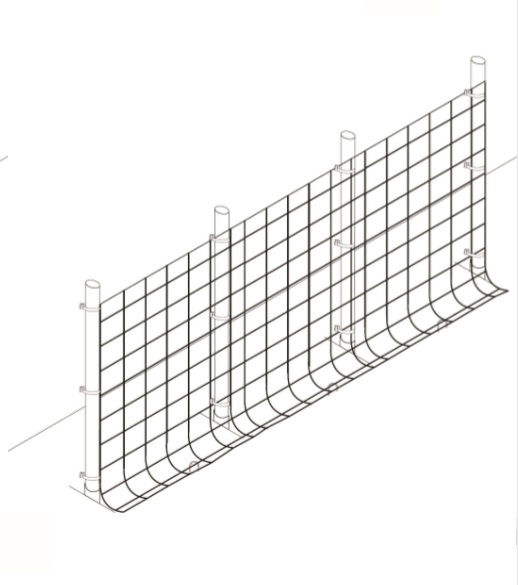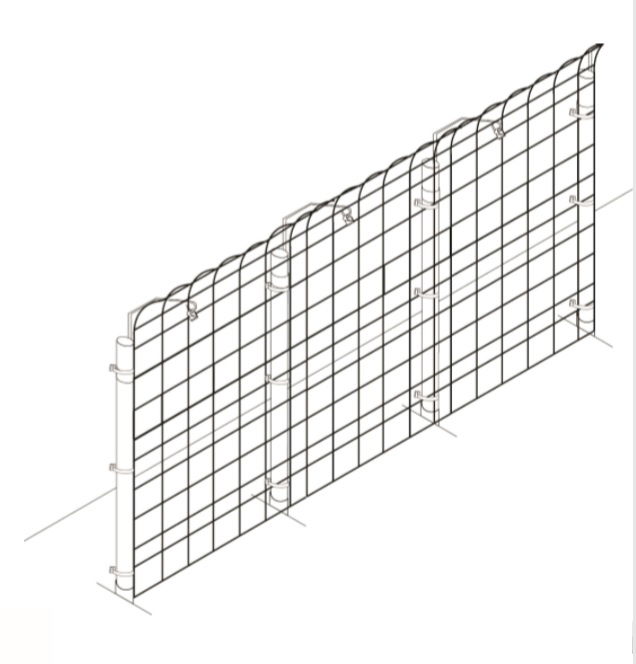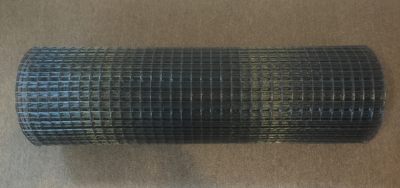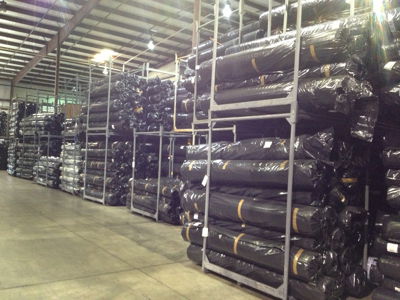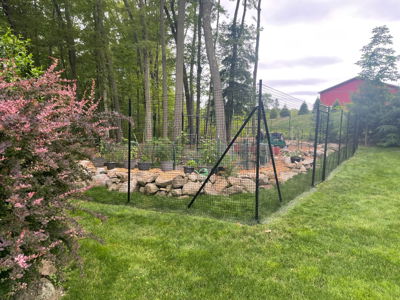Chicken fencing is a type of fence engineered to contain chickens and keep out predators. Typical applications include:
- Creating a movable poly chicken fence surround for chicken grazing (rotational grazing)
- Creating a permanent all metal chicken fence to enclose chickens and keep out predators
- Using our metal chicken fencing to build your own chicken enclosure (popular)
Typical permanent all metal chicken fences include four sides and a top. This prevents climbing and flying predators from getting at your chickens. A chicken fence kit is a selection of fencing, fence posts, accessories and hardware to build a complete fence to keep in chickens starting from scratch (pun intended).
Our chicken fences are not electric and cannot fail due to broken wires, dead batteries, etc. They are engineered to keep out many different animals, depending on the options you choose. If you have a specific application that needs electric fence, we do offer a poly electric chicken fence that pairs our high strength poly with strands of electric fence.
Compare 1000+ fence kits, combinations and options within each of these types of chicken fences - since 1992 we have provided this product to our customers.
The purpose of this page is to help you compare the choices to best select the best chicken fence for your project.
In general, most chicken fence customers select:
- A chicken fence with four sides and a top. This type of chicken fence has four sides and a top designed to keep out all types of predators. Chicken fences with a top can be made of poly (light, less expensive) or all metal with a one inch opening size. An additional smaller opening size 1/2x1/2 or 1/4x1/4 metal skirt can be added to each.
- A poly chicken fence or poly chicken fence with a chew barrier base. Chickens don’t chew and poly fence has properties that make it a great chicken fence. Poly chicken fence doesn’t have memory (if it’s hit it returns to its original shape unlike metal that once bent stays bent). Poly chicken fence is also lightweight, very strong and inexpensive. It’s easy to move. Another popular type of fence is a poly chicken fence paired with a smaller opening size (1/2x1/2 or 1/4x1/4) steel chew barrier base to exclude chewing predators. This configuration is usually made permanent and is a good side chicken fence area for an enclosed chicken coop for the night.
Below are our chicken fence kits separated by type:

